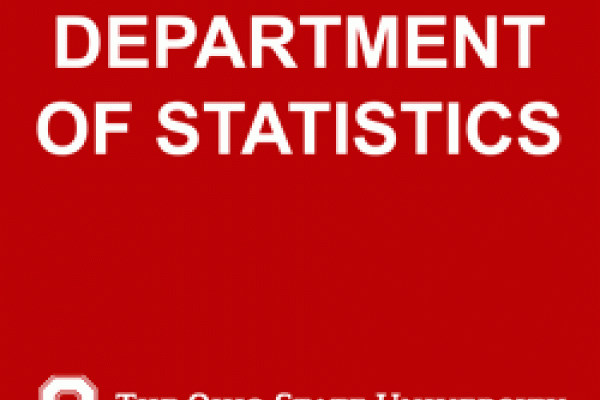
Title
Statistics in Signal Detection: The Structure of Likelihood Ratios
Speaker
Dr. Thomas Kailath, Hitachi America, Professor of Electrical Engineering, Stanford University
Abstract
Signal Detection Theory deals with the problem of deciding from noisy observations which of a set of (deterministic or random) signals is present. As a statistics problem, this is quite straightforward: under a variety of criteria, the optimum decision rule is to compare "likelihood ratios" against suitable thresholds. However from an engineering point of view, the problem is just beginning. The issue is not so much numerical computation of the LR, but what to do with poorly specified models, how much to make intelligent approximations and simplifications, hardware implementations, etc. So engineers (and statisticians) study a variety of specific problems in order to obtain "structural information" on the form of the likelihood ratio.
We shall illustrate this process and show how fairly advanced tools from martingale theory help in this effort. Among other results, we shall encounter the important role of mean-square-error estimation in the detection problem, and surprising parallels between detection problems for random signals with "additive" Gaussian noise and with "multiplicative" Poisson-type noise.
